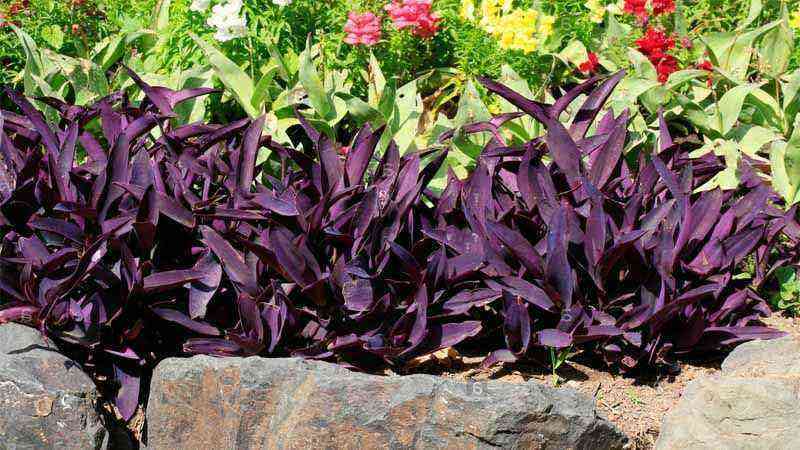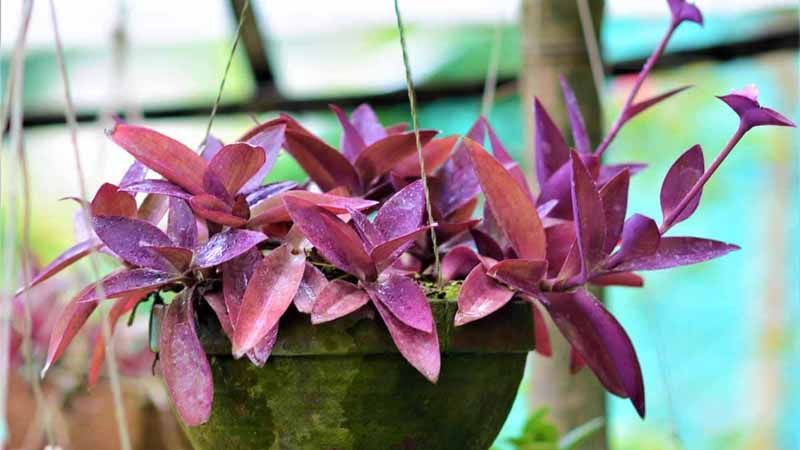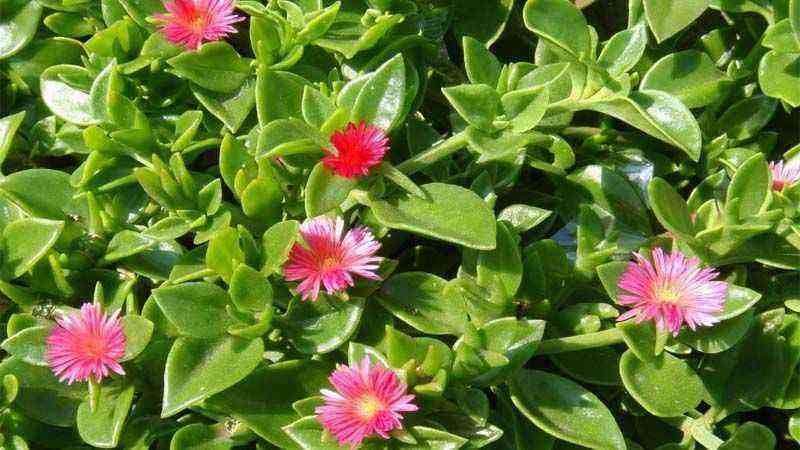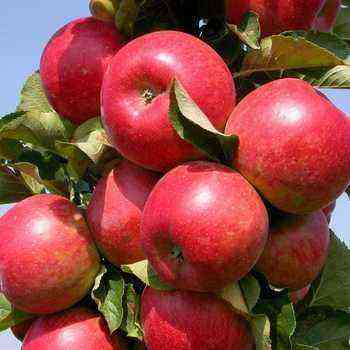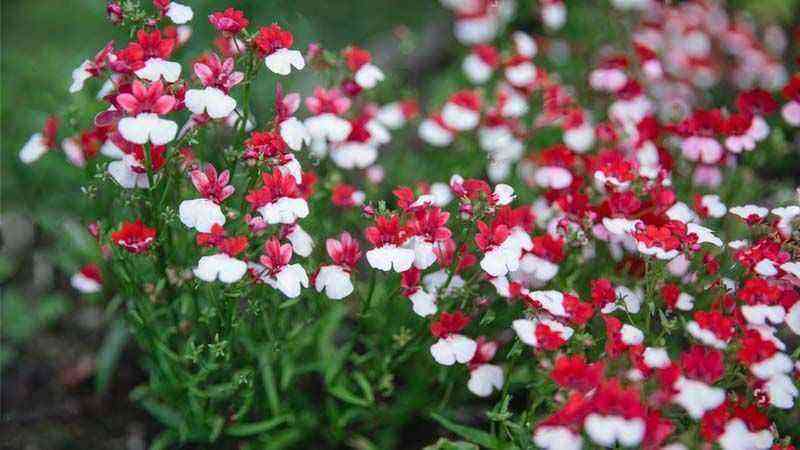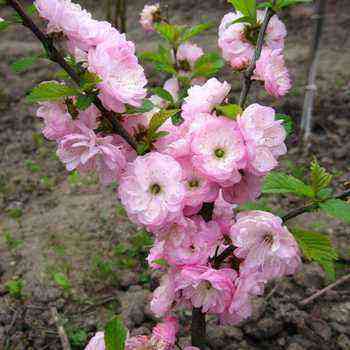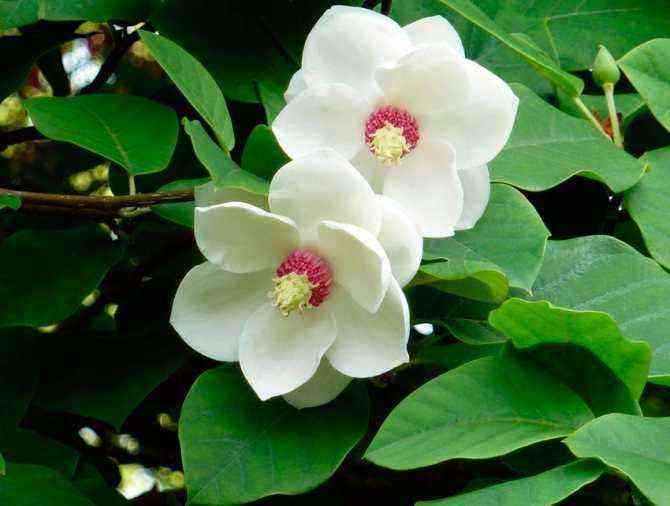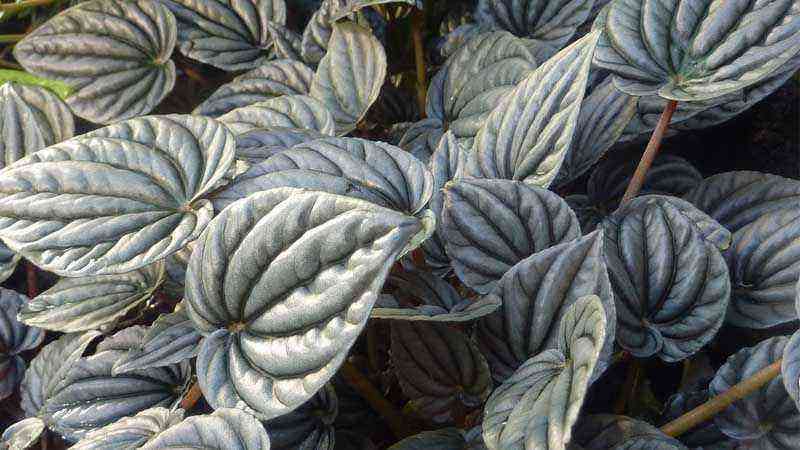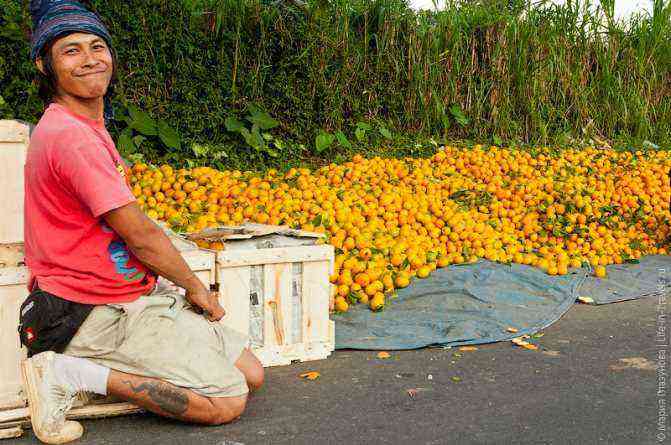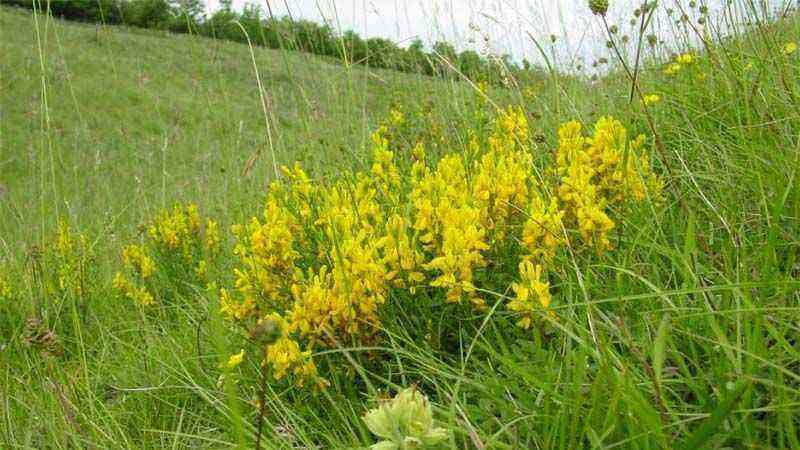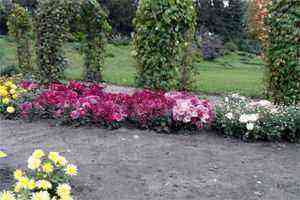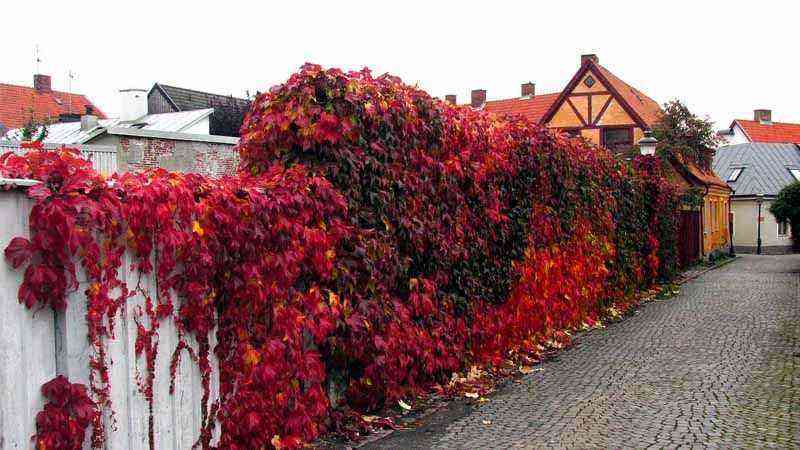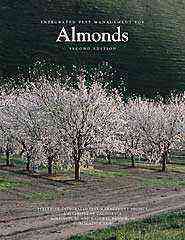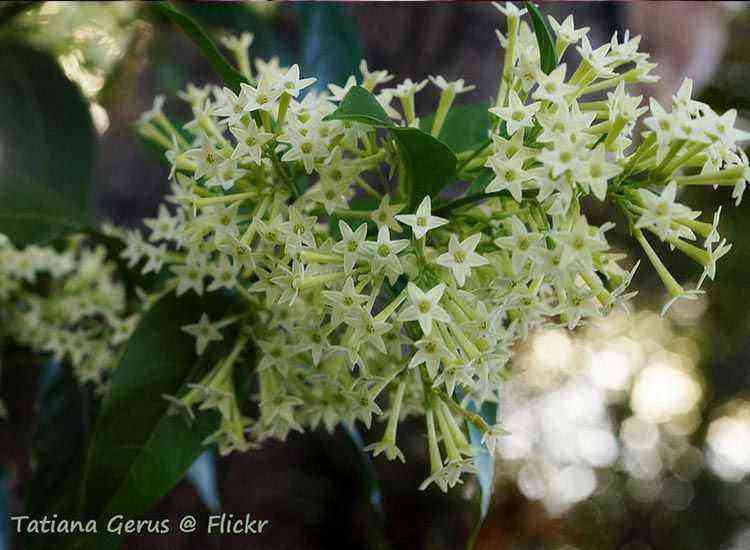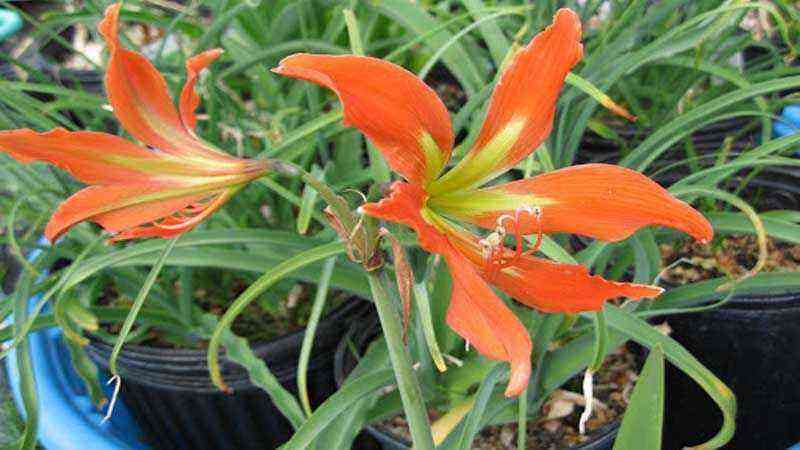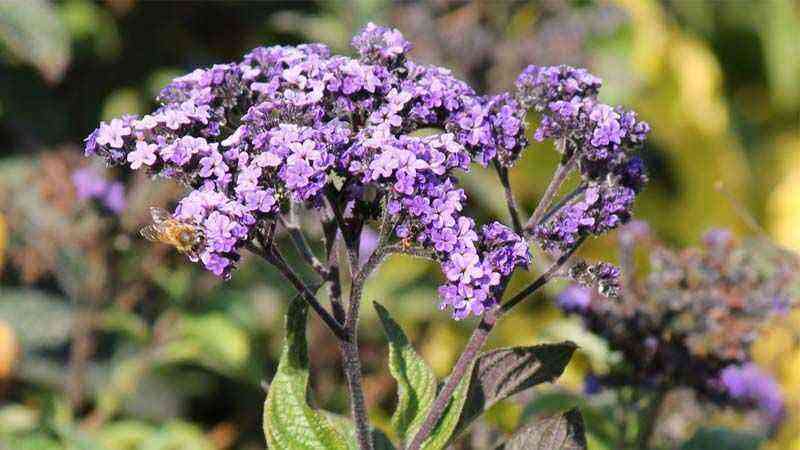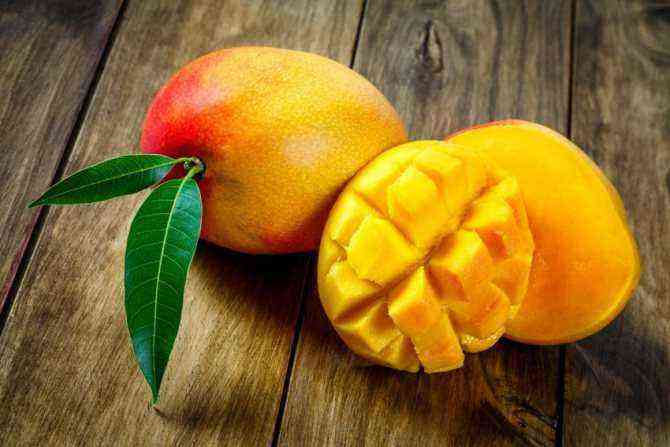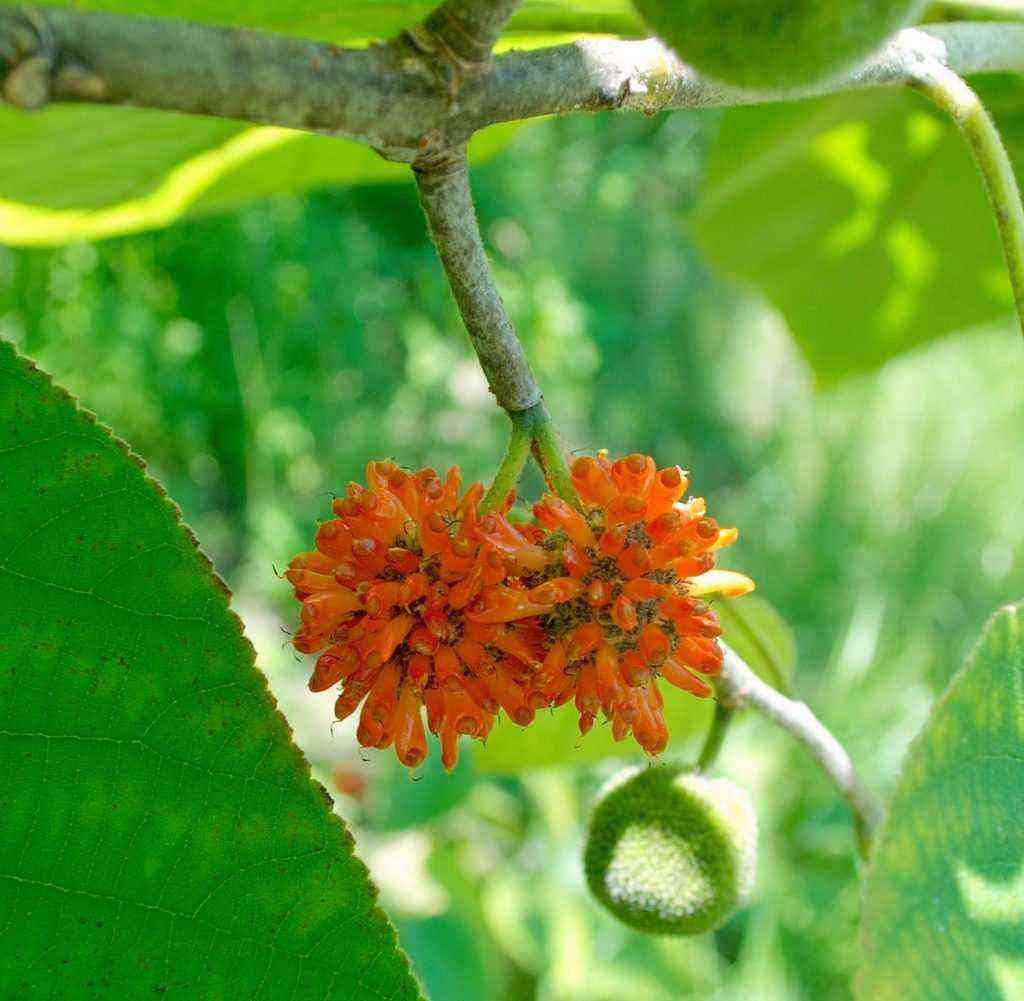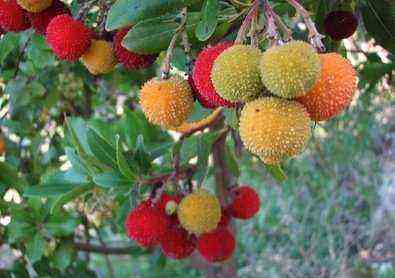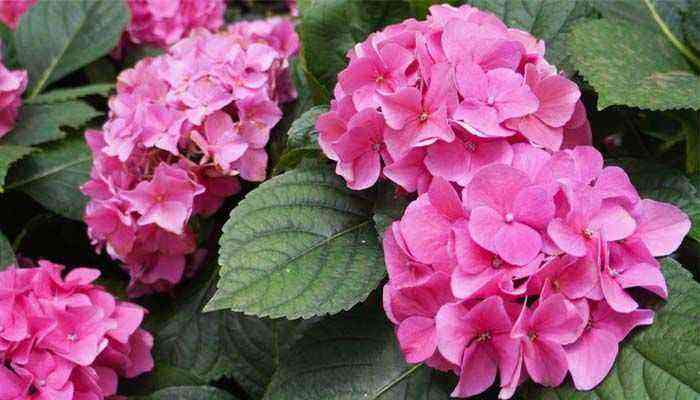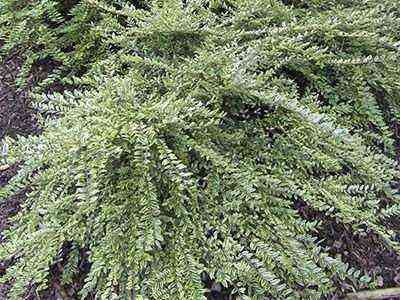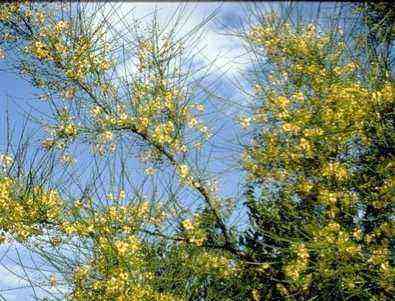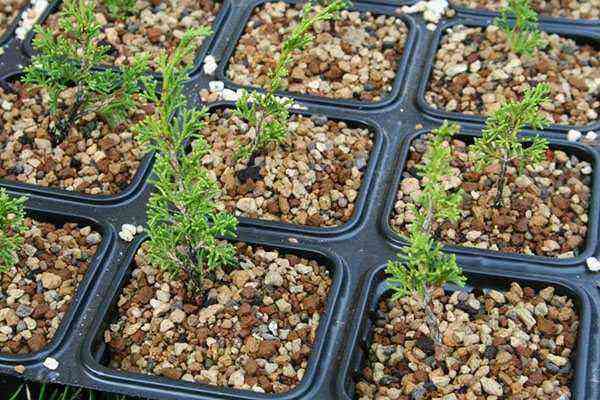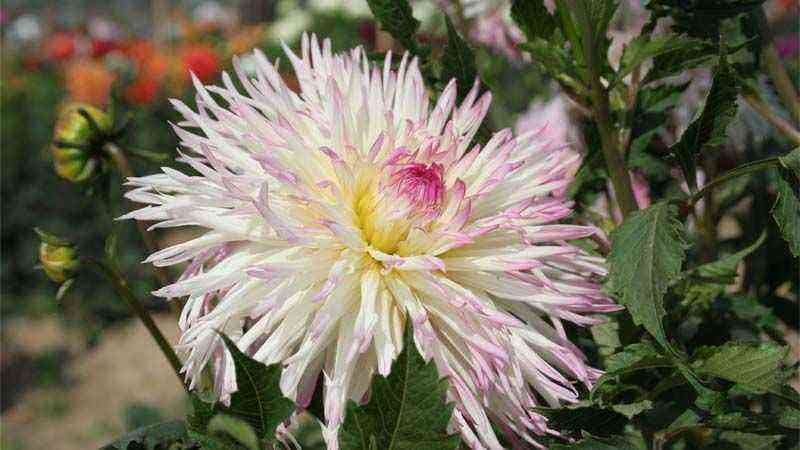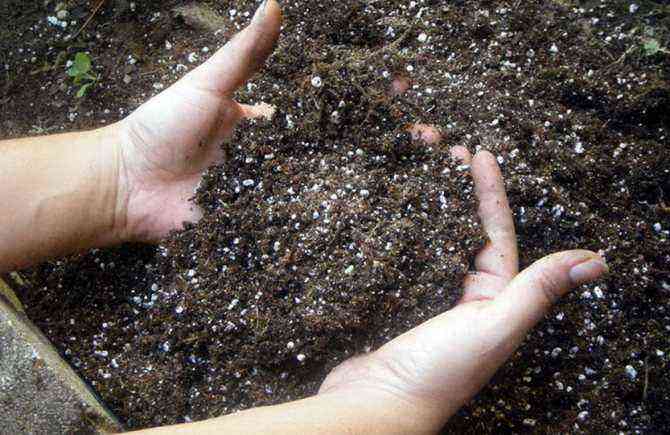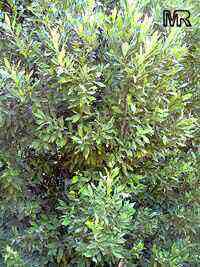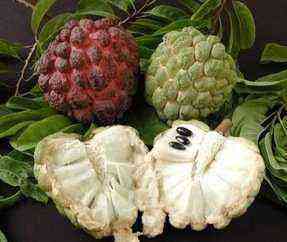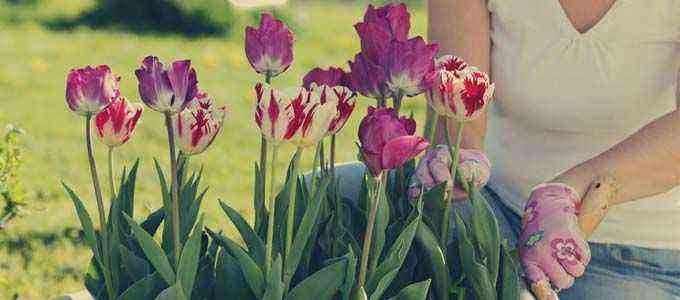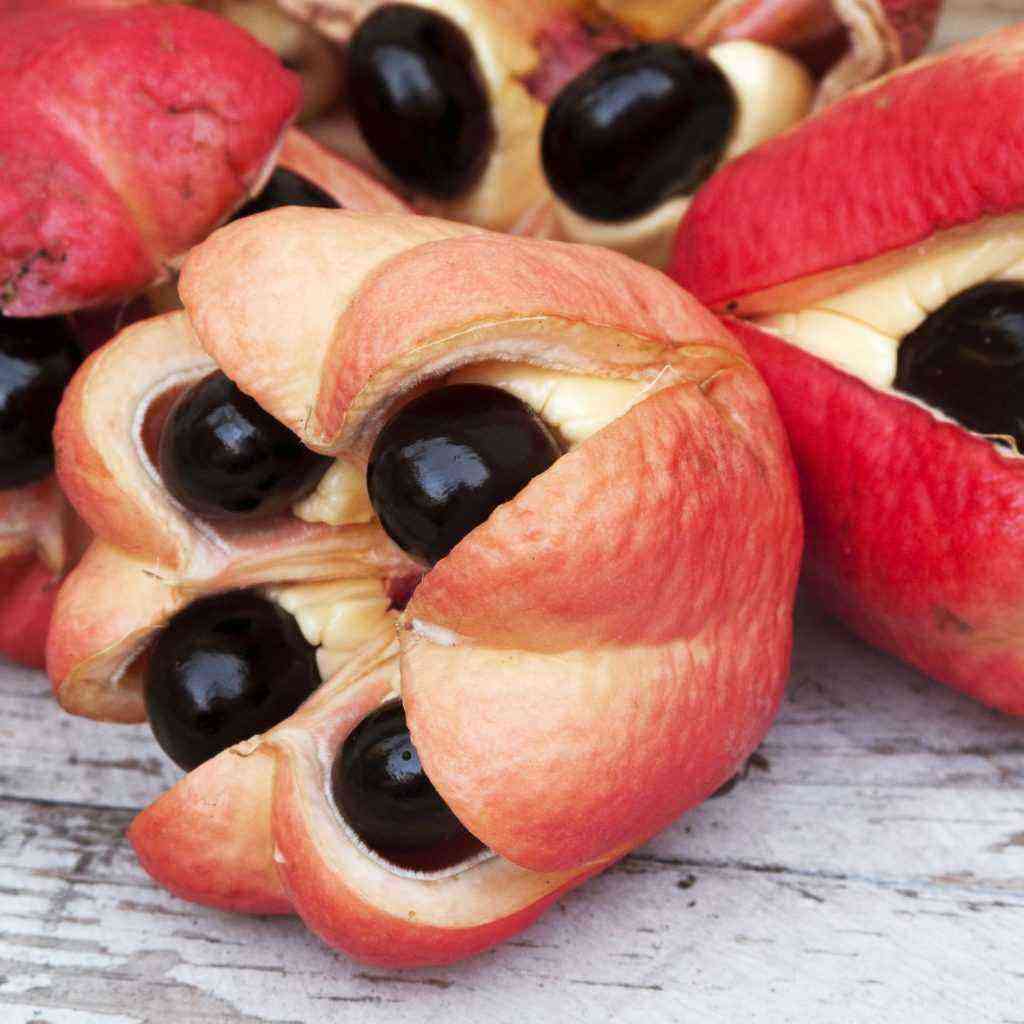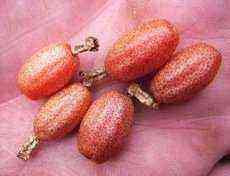In nature we can find plants that really attract attention just by taking a look. And it is precisely Tradescantia pallida It does not stand out for its flowering, height or form of cultivation, but precisely for the color of the entire plant. A perfect purple that makes Tradescantia a fantastic ornamental herb.
We could consider this purple plant as an all-rounder that adapts to all types of environments, admits pruning, easy transplantation and on top of that it can be grown both in the garden and in pots.
However, its stems, being so thickened and fragile, tend to be better when we grow it as hanging plant. Its reproduction is very simple and it emits stems continuously when budding begins at the beginning of spring.
In this article we will tell you this and many more things about the characteristics of its cultivation and how to plant it anywhere in your garden or simply arrange it in pots on your terrace or balcony.
General characteristics of Tradescantia purpúrea (Tradescantia pallida)
It is known in scientific jargon Tradescantia purpúrea but its popularity has caused it to have several common names. The closest to its scientific name is Tradescantia purpúrea, although it is also known for simpler examples such as tradescantia or purple hanging plant.
Its morphology stands out for having elongated leaves and pointy look, no more than 15 cm in length. Small flowers with 3 petals and pinkish or whitish colors. The most striking aspect of Tradescantia pallida is that both the stems and leaves are purple or deep purple.
It is a short plant or creeping and perfect to have as a pendant because its stems can exceed 40 cm in length and are not supported by their own weight.
Care guide Tradescantia pallida
Location and weather
As we have commented at the beginning of the article, Tradescantia pallida is considered a resistant plant. Can be grown in garden areas where there is a lot of light, although it tolerates semi shade. It can be grown in full sun, although in midsummer it may slightly lose its vivid purple color and damage its leaves.
Supports a wide temperature range and even low temperatures. The plant continues to develop as long as temperatures do not drop below 5 ºC, although its thermal range supports up to -2 ºC or -3 ºC without causing frost damage.
In areas that are not excessively warm, you should avoid planting it in humid or especially shady areas.
If it is grown in pots, we will place it outdoors, in an area with a good disposition to light.
Type of soil or substrate
The basis of the success of Tradescantia pallida is to ensure a moist substrate almost throughout the year, especially in the spring months. Therefore, it is essential to have a sufficiently draining base, but do not dry the earth quickly.
Can be cultivated both in acidic and alkaline soils, and does not usually have nutrient deficiency problems. If it is planted in the garden, it is greatly appreciated that the earth carries organic matter, since the emission of roots will multiply.
Irrigation amount and frequency
As we have commented, we need to keep a moist substrate or soil throughout its development, preventing the substrate from drying out between watering and watering. However, do not forget that it is a very resistant plant with a great capacity to reproduce and occupy spaces. It does not become invasive, but almost.
A water application recommendation can be as follows:
- Irrigation in spring and summer: 3 to 4 waterings per week, keeping the substrate moist.
- Irrigation in autumn and winter: 1 to 2 waterings per week, keeping the substrate moist.
Regarding the form of irrigation, the best options are those that allow water to be supplied to the entire surface of the earth, as if it were a wallcovering plant, such as exuding irrigation or sprinkler irrigation. On the other hand, there are droppers that cover a good wet bulb surface.
If Tradescantia is watered cultivated pots, the volume of water to contribute is usually between 1/4 or 1/5 of the volume of the container for each irrigation.
Tradescantia Subscriber
En general, Tradescantia pallida It grows very fast and does not need continuous supplies of nutrients, but it generously appreciates them by increasing the volume of plants per surface area and producing thicker and longer stems.
Therefore, we recommend the organic matter application at the end of autumn and wearing mineral fertilizers in early spring, coinciding with sprouting.
For this plant, it is ideal to apply liquid fertilizers for green plants (it does not matter that it is purple …), which usually have a higher concentration of nitrogen.
Multiplication
The reproduction of Tradescantia pallida is extremely easy, and it is that reproduces very well by cuttings. It is enough to select a healthy stem, remove the lower leaves and replant it in a moist substrate.
In a short time, this stem is capable of emitting new roots and growing as a totally independent plant. Therefore, it is very easy to obtain different plants from the same, and in addition to everything, it is considered a plant of rapid growth.
The cutting of Tradescantia pallida You can do it practically all year round, as long as there are temperatures above 15ºC. However, the ideal time is to do it between spring and summer, protected from extremely hot temperatures (> 35 ºC).
What you do have to be careful is that its stems are practically hollow and therefore very fragile. When we handle them, if we make a small twist or bend on them, they break easily. Still, you can use them to plant them in new locations.
Plagues and diseases
Although it is Tradescantia purpúrea it is a resistant plant, its fleshy leaves are the caterpillar delight, which cause real havoc to the plant and, especially, to the new shoots. For potted plants, these caterpillars are usually removed manually.
Another common problem in the spring and summer months is usually aphids, which can be treated with foliar applications on the plant with potassium soap.
Other species of Tradescantia
The genus of plants Tradescantia encompasses a large number of herbaceous species and for ornamental use. All of them are easy to care for, so you should not miss the opportunity to grow them with the same schemes discussed above.
Some of these varieties of great ornamental use are the following:
- Tradescantia bridge bridge: very fleshy, green and hairy-looking leaves.
- Tradescantia fluminensis: fleshy stems, very green and tropical in appearance.
- Tradescantia pallida: the one we have studied, purple in color and used as a hanging plant
- Tradescantia multiflora: very lively and tropical-looking plant with green leaves and white flowers.
- Tradescantia spathacea: elongated and pointed leaves, purple and green colors and native to Mexico.
